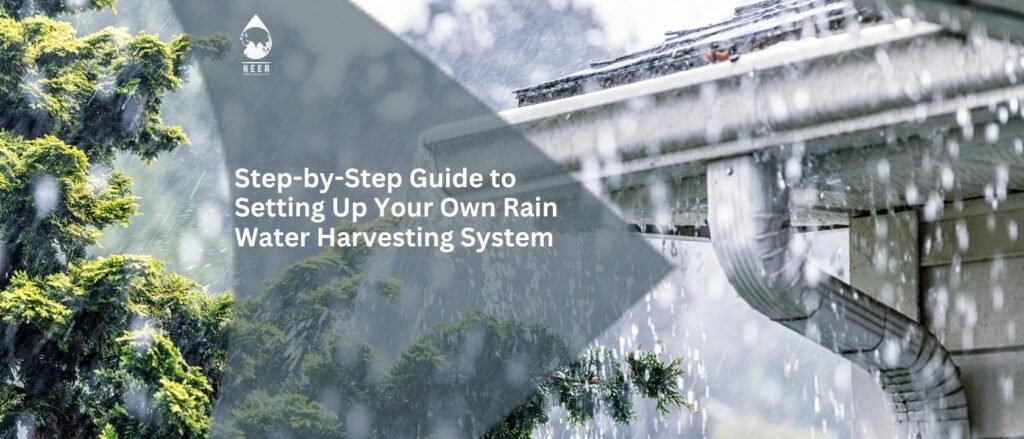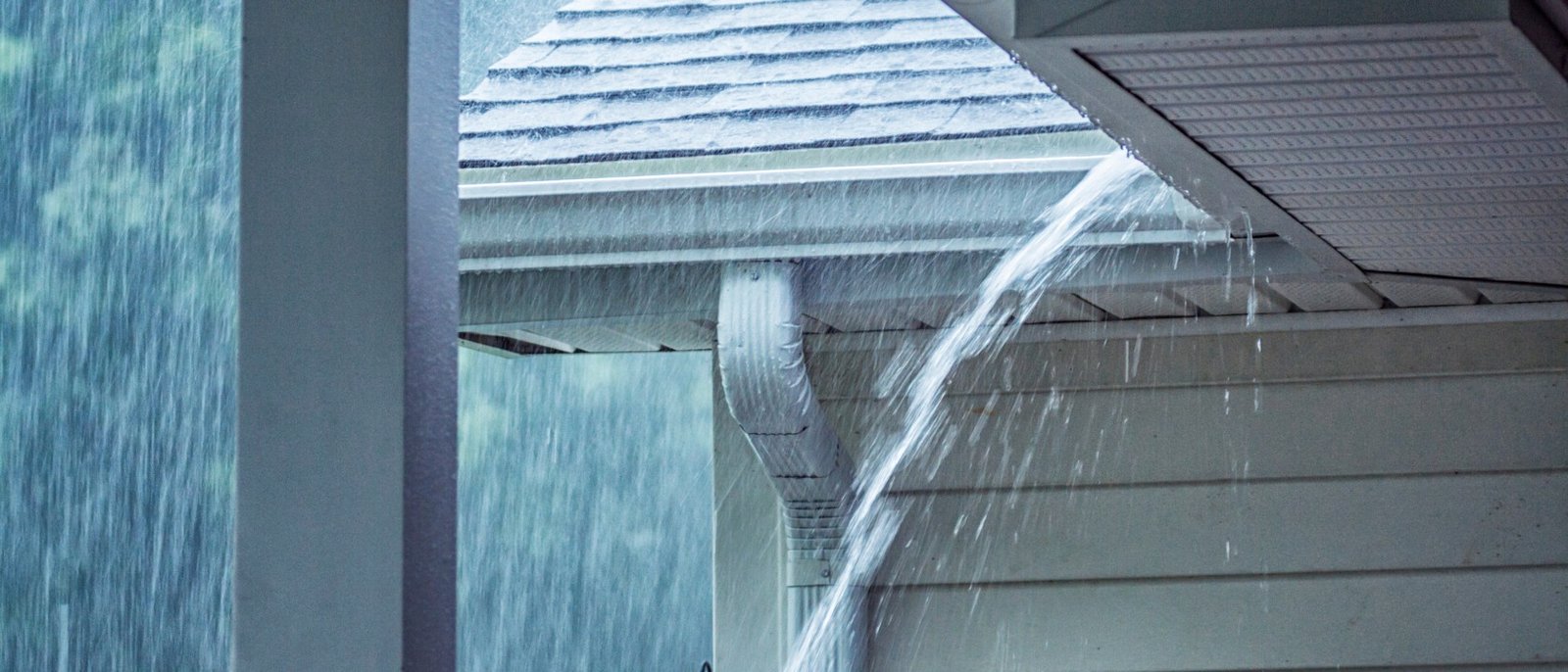
Step-by-Step Guide to Setting Up Your Own Rain Water Harvesting System
Setting up a rainwater harvesting system is a rewarding step towards sustainable living and water conservation. Whether you’re a homeowner or a business owner, this step-by-step guide will walk you through the process of installing a basic rainwater harvesting system.
Understanding Rainwater Harvesting
Rainwater harvesting involves collecting rainwater from surfaces like rooftops, storing it, and using it for various purposes. It’s an eco-friendly way to conserve water and reduce dependence on municipal water supplies.
Steps to Set Up a Rainwater Harvesting System
Step 1: Plan Your System
Start by assessing your water needs and the potential rainwater you can collect from your roof. Consider the size of your roof and the average rainfall in your area to determine the size and capacity of the system needed.
Step 2: Choose the Right Location
Identify a suitable location for your rainwater storage tank. It should be easily accessible for maintenance and close to the downspouts from your roof.
Step 3: Install gutters and downspouts.
If you don’t already have them, install gutters along the edges of your roof with downspouts directing the water to your storage tank. Ensure that gutters are clean and free from leaves or debris.

Step 4: Set up a Filtration System
Before the water enters the storage tank, it should pass through a filtration system to remove debris and contaminants. This can be a simple mesh filter at the top of the downspout or a more advanced filtration system, depending on your needs.
Step 5: Install the storage tank.
Choose a tank that suits your capacity needs and space availability. The tank can be above or below ground. Ensure it is properly sealed to prevent contamination and mosquito breeding.
Step 6: Connect the tank to the downspouts.
Connect your storage tank to the downspouts using pipes. Include an overflow system in your tank to direct excess water away from the foundation of your building.
Step 7: Use the Harvested Water
You can use the harvested rainwater for non-potable purposes such as gardening, flushing toilets, and washing cars. If you plan to use it for drinking, additional purification systems will be required.
Step 8: Maintain Your System
Regular maintenance of your rainwater harvesting system is crucial. Clean the gutters, check the filtration system, and ensure the storage tank is clean to keep the water in good condition.
Conclusion
Setting up a rainwater harvesting system is a practical and effective way to contribute to water conservation. It not only helps reduce your water bills but also plays a significant role in sustainable environmental practices. By following these steps, you can easily install and maintain a rainwater harvesting system in your home or business. For more insights and professional water treatment solutions, visit https://neer.co.in/ and follow us on Instagram.